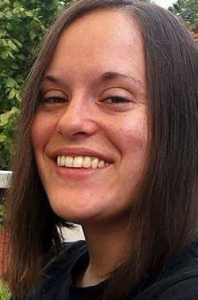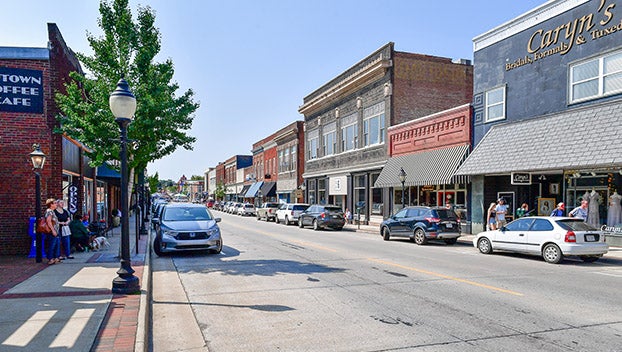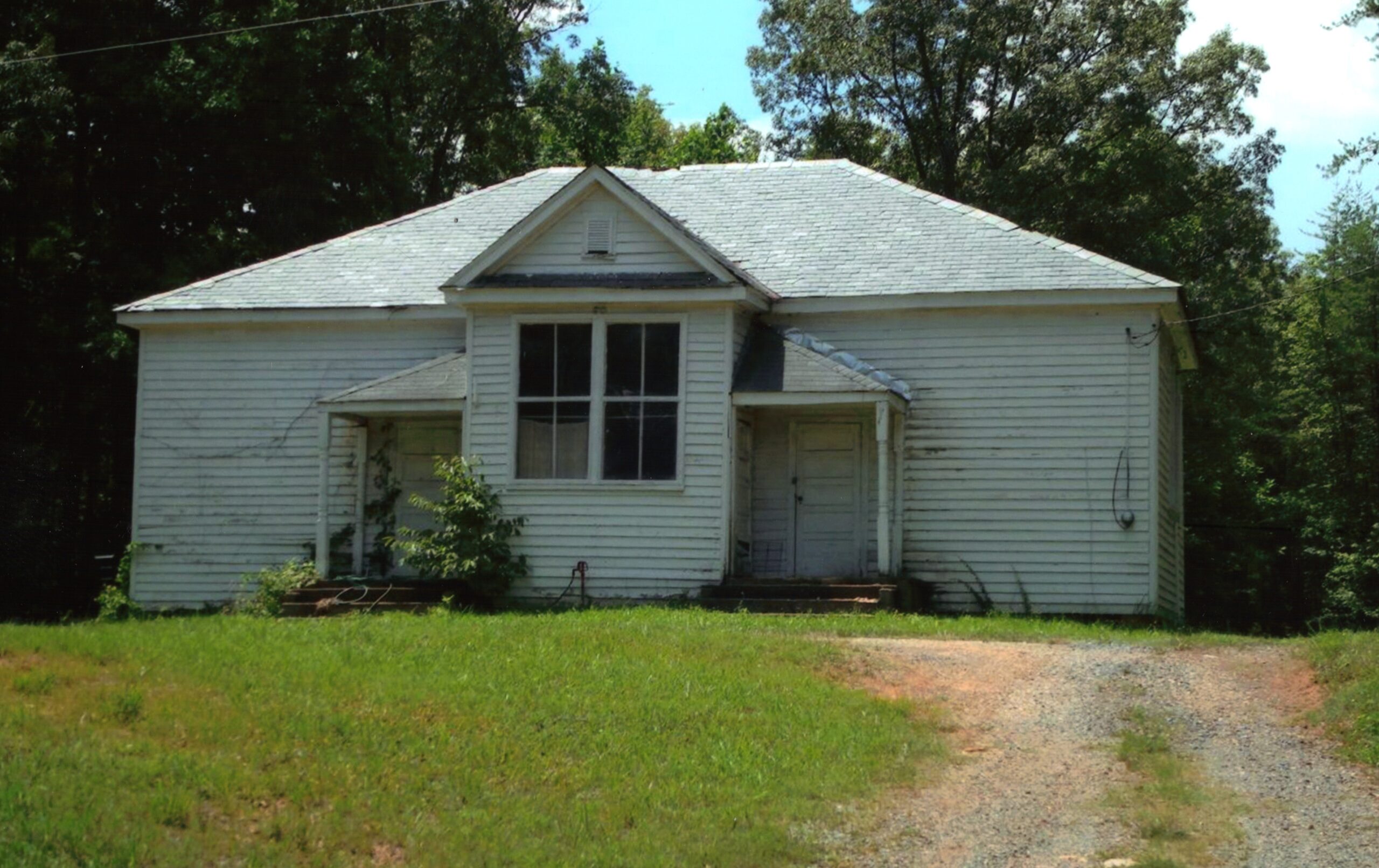Where does your water go? – Part II
Published 3:32 pm Thursday, December 27, 2018
Last month, we talked about what a watershed is – “an area of land that drains all the streams and rainfall to a common outlet such as the outflow of a reservoir, mouth of a bay, or any point along a stream channel”—and why they are important. (U.S. Geological
Survey) Watersheds are directly tied to water quality because what happens on the land gets transported with rainfall or snow melt and is deposited into creeks, streams and rivers. This is called non-point source pollution.
One of the most common non-point source pollutants is sediment — soil particles that are suspended in runoff. Although soil particles don’t seem problematic, they can cause water quality issues through a process called sedimentation or sediment pollution. As the receiving body of water gets cloudy from the incoming sediment, sunlight isn’t able to penetrate the water as effectively. Decreased sunlight penetration causes aquatic plants to become unhealthy and die because they are not receiving enough sunlight to make food through photosynthesis. Poor aquatic plant health means less food and oxygen for fish and other aquatic animals. Additionally, macroinvertebrates (small insects that live in the water), such as mayfly and dragonfly larvae, cannot survive when there is too much sediment in the water. Fish rely on macroinvertebrates for food, so a declining number of macroinvertebrates can cause a decline in fish populations.
Trending
How can we address sediment pollution? One way is to plant grass, shrubs, or trees, especially on hillsides or slopes. The roots act as an anchor to hold the soil in place. Plants native to the Piedmont region of Virginia are especially hardy and typically require less watering and maintenance after they are established. If you are a farmer, you can use no-tillage equipment instead of the conventional tillage method. A no-till seeder eliminates the need for tillage before planting because it pushes the seed into the ground through the leftover crop residue. No-till seeding reduces the loss of nutrient-rich topsoil caused by tillage. The Piedmont SWCD provides a no-till seeder rental program for farmers to sow small grain crops and grasses. We provide delivery and pickup within Amelia, Nottoway, and Prince Edward, and technical assistance at no additional charge. For more information, contact our equipment manager, Stephen Reames, at (804) 393-0246.
Another common non-source point pollutant is fertilizer. When too much fertilizer is applied to a lawn, garden, or field, the excess fertilizer washes into local streams, causing an explosion of algae growth. When the algae die, oxygen from the water is used in the process of breaking down the algae. A decomposing algae bloom can take critical oxygen from fish and other aquatic wildlife, causing population decline. In order to ensure that you do not apply too much fertilizer, contact your local Cooperative Extension Office to get a low-cost soil test kit and to determine the best time to fertilize. This will help you decide how much (if any) fertilizer is needed.
While water quality may seem like a problem that is “out of sight, out of mind,” it is an issue that impacts us. Our local waterways are important for recreation, such as boating and fishing. And although Prince Edward County may be far from the Chesapeake Bay, the pollutants flowing from our land eventually end up in the Bay, which is crucial to the Virginia economy — it supports the job market, seafood industry, recreation opportunities and tourism. Let’s commit to doing our part so that we can be good neighbors to those downstream of us.
Emily Gibbs is the Residential Conservation and Marketing Coordinator at Piedmont Soil & Water Conservation. You can contact her at (434) 392-3782 ext. 131 or visit www.piedmontswcd.org.






